
Browse FREE Textures/Backgrounds stock photos and images by popular tags
What are textures and backgrounds photos and images?
Textures and backgrounds photos and images are photographs with the presence of various visual components and concepts that viewers immediately associate with textures and backgrounds. These visual components include variations in the color, shape, and depth, density, arrangement of an object or substance’s surface. We can find textures and backgrounds photos almost everywhere, in newspapers, in magazines, on TV commercials, on your devices’ screens, on millions of posts, and sharing on social media, via advertisements, and throughout many other daily life activities.
What are popular textures and backgrounds photos and images on photoAC?
The most popular textures photos and images that you can easily find on photoAC are the ones including various physical compositions of substance (fabric, silk, paper, brick, metal, stone, etc), with different feelings (smooth or rough, soft or hard, coarse of fine, matt or glossy, etc.), in four types including actual, simulated, abstract, and invented texture. The most popular backgrounds that you can easily find on photoAC are the ones including different landscapes and sceneries, in different styles (geometric, retro, monochrome, plain, tropical, 3D style, etc.). Textures and backgrounds photos and images on photoAC are mostly used for advertisements and in posts on blogs and social media.
How to find better results of textures and backgrounds photos and images on photoAC?
You can find textures and backgrounds photos and images in the Textures/Backgrounds Category section on photoAC. Also, for specific searches, let's start with the search bar by entering a related keyword, then refine the search results using the filter function. You can refine search results of textures and backgrounds photos and images by choosing the type of images (JPEG, PNG, or PSD), dimension (vertically or horizontally), with or without people, and colors in the photos. You can also include or exclude other keywords, categories, and names of creators as well.
Is it safe to use textures and backgrounds photos and images downloaded from photoAC?
All textures and backgrounds photos and images on photoAC can be downloaded for free and can be used for both personal and commercial projects. Simply sign up for a free account and start downloading today. There are some limitations on the download times per day for free users on photoAC. If you want to download textures and backgrounds photos and images without any limitation, you can subscribe to one of our two plans, monthly and annually. To make sure you use our textures and backgrounds photos and images properly, please thoroughly check our Terms and Conditions.
All photos and images on photoAC are OK to use for personal projects. If you want to use them for commercial purposes, please check our Usage Guides to make sure you use the downloaded photos from photoAC properly.
You might want to buy Extra licenses for specific commercial uses. Please be aware that Extra License are available for ONLY materials from the creator named acworks. To find photos of acworks, please use the filter by creator’s name when searching.
Textures/Backgrounds
The Importance of Textures and Backgrounds in Design
Graphic design is now an essential tool that is widely used in different parts of the world today, and it continues to excel in many ways. Designers across the world are constantly working on creating new tools that can enhance the easy creation of a seamless and smooth experience for customers. Today, new elements continuously enter the design industry and continue to change the dynamics of things compared to the earlier days of paper and pencils. People now rely heavily on the use of technology to ensure that they stay relevant. There are currently so many design elements that people use, and among these elements include textures and backgrounds, which designers use mostly to make designs more appealing.
There are so many things that are involved in graphic design, and among these things include colours, shapes, patterns, textures and more. These components, when put together, can amplify each other and also make a design look great. On the other hand, poorly using these components will only lead to a poor and less appealing design. Before now, striking a balance between these components was a rather difficult task, but technological advancements have made it a lot easier for designers to achieve this by deploying different tools when designing. Designing methods has rapidly changed from the conventional use of pen and paper, and it has grown to the use of software and computers. Today, there are so much software that people use when designing, and an example is Adobe Illustrator and IllustAC.
Textures are mostly associated with a feel that easily attracts the mental and physical attention of different people to the graphics presented in the design. Therefore, adding textures and background to graphic design will significantly help to relay your message, as well as emotionally inspire your potential clients. Textures are used in many ways today, and the most common is that designers now use them to create varying contrasting features on different designs. It also serves as a way for designers to easily other intriguing features to design, making it appear more realistic. The importance of textures cannot be overemphasized, especially when it’s used in highlighting other relevant design features.
Today, we have actual texture and visual textures when viewing design. We mostly experience texture by feeling or touching a design to check whether it’s smooth or rough. Designers can either decide to choose between a visual texture or an actual texture. It’s important to note that both types of textures are different from each other. The main difference between the two is that you can feel real textures with your hands, and visual texture, as the name suggests, can only be seen. However, designers use visual texture in creating designs that appear with rich and layered graphics.
It is worth mentioning that background and textures are both utilized as finishing tools in digital designs. We have said a lot about textures, but it’s also important that you know what background is as well. Background is the main image on which the primary image is placed upon, and the aim is to add more interest and make the primary image compositionally complete. Both background and texture are used by designers to create beautiful and visually appealing designs today.
Here’s an overview to further help you understand visual and actual texture:
Visual textures
With visual textures, you can easily add all the effects that you want on your graphics, and this won’t take much effort from you. The only thing you’ll need to do is to create a balance between the background you use, as well as the texture. You need to ensure a balance either as an overlay or on the background that you use. With visual textures, you can easily include the exact feel that you want on your design. Also, one thing you should note is that higher textured pieces are generally more expensive than the lower ones.
Actual textures
As mentioned earlier, this is the texture that is felt on items like product labels, flyers and business cards. The quality of a design is generally influenced by the weight of the paper, type of paper, material uses, as well as the feel it delivers. With that in mind, you’ll normally expect an embossed card to be of a higher quality than that which is made from paper.
What are Virtual Backgrounds and Textures
Have you ever been in a zoom meeting and noticed that everyone else has a really stunning background except you? You might want to believe that these people live in a really beautiful environment, but that’s not always the case. They are mostly using virtual backgrounds and textures to make their zoom calls more visually appealing to other participants of the meeting.
The amazing thing about virtual backgrounds is that you can use them for different purposes. For example, if you are meant to be in a particular location for a video call or an interview, but for one reason or the other, you are unable to make it to the destination, you can resort to utilizing a virtual background which will make it seem as though you were in the right location. However, when selecting a virtual background, you’ll need to ensure that it is more realistic and has a neat design.
Are you wondering how you can choose the best virtual background and texture? Continue reading.
Pay Attention to the Contrast
When using the best virtual background and texture, the first thing you’ll need to pay attention to is contrast, and this includes the surrounding colours around you, like your skin and hair colour, as well as the colour behind you. You need to pay attention to these colours with respect to their contrast. Basically, the most important thing is for the subject to stand out and be easily distinguishable from the background.
Visual Noise
Every detail matters a lot when it comes to virtual backgrounds and textures, and one of the things you’ll need to pay attention to is the visual noise in your background. In general, if your background tends to be busy a lot, it won’t be easy for people to watch you and listen to what you’re saying. Another thing you’ll need to know is how to set the right tone.

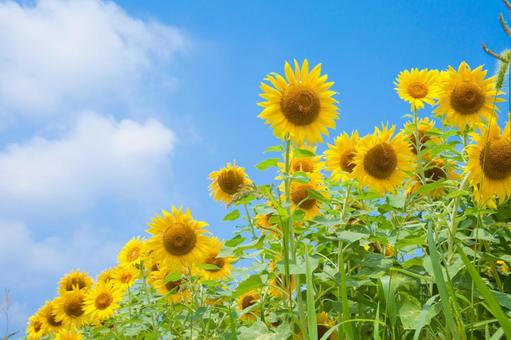
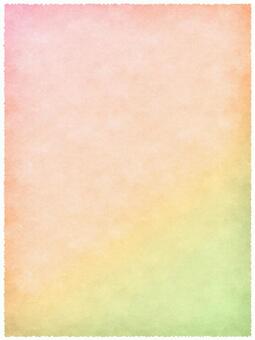

























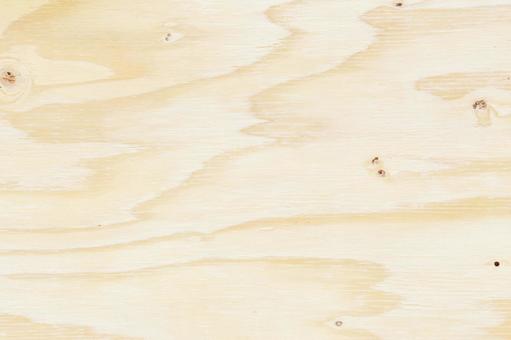

































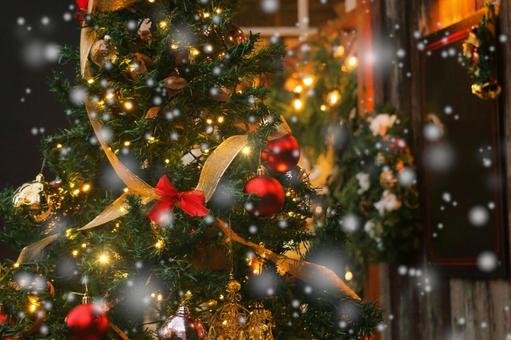








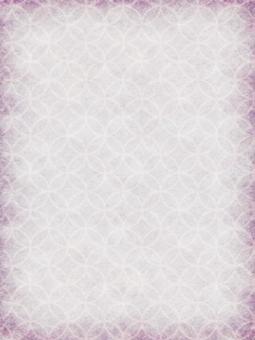







































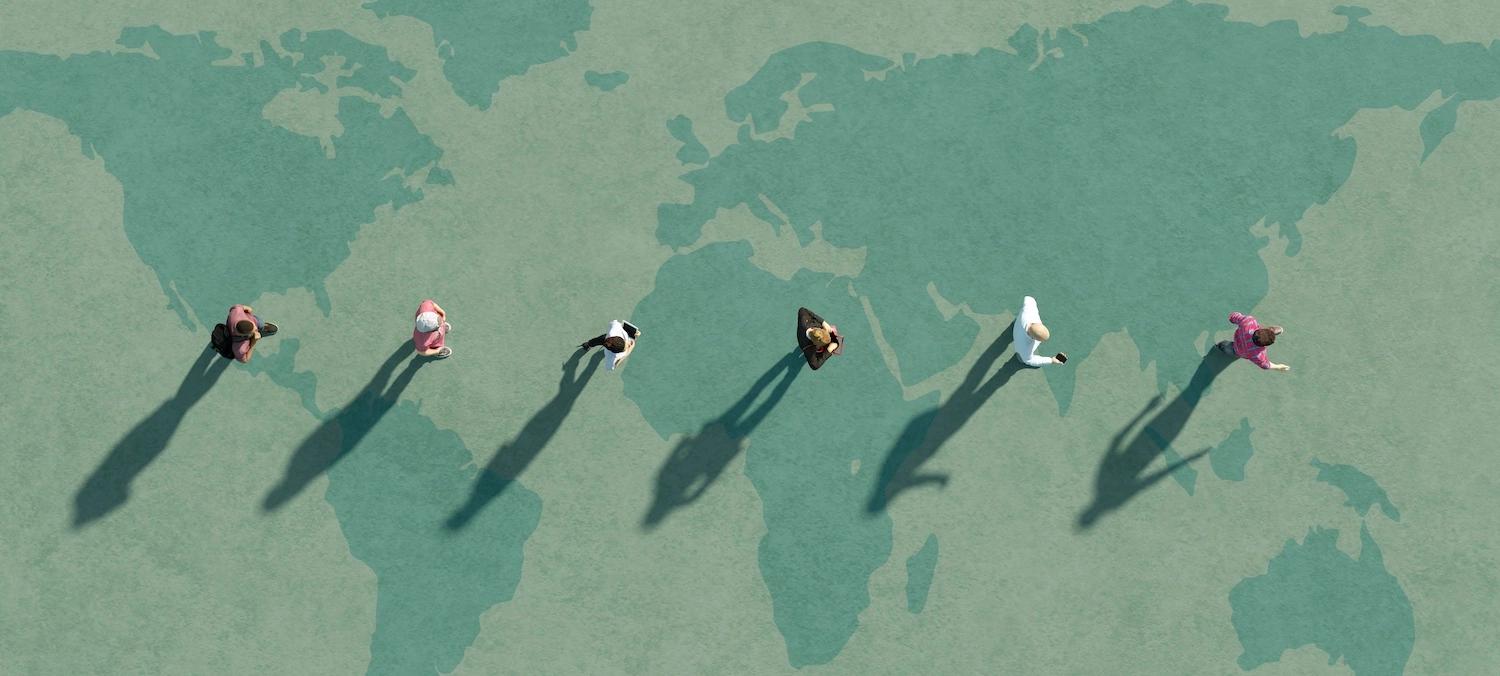
 © 2011 - 2025 ACworks Co.,Ltd. All rights reserved.
© 2011 - 2025 ACworks Co.,Ltd. All rights reserved.



